October 25, 2020
Martha O'Kennon
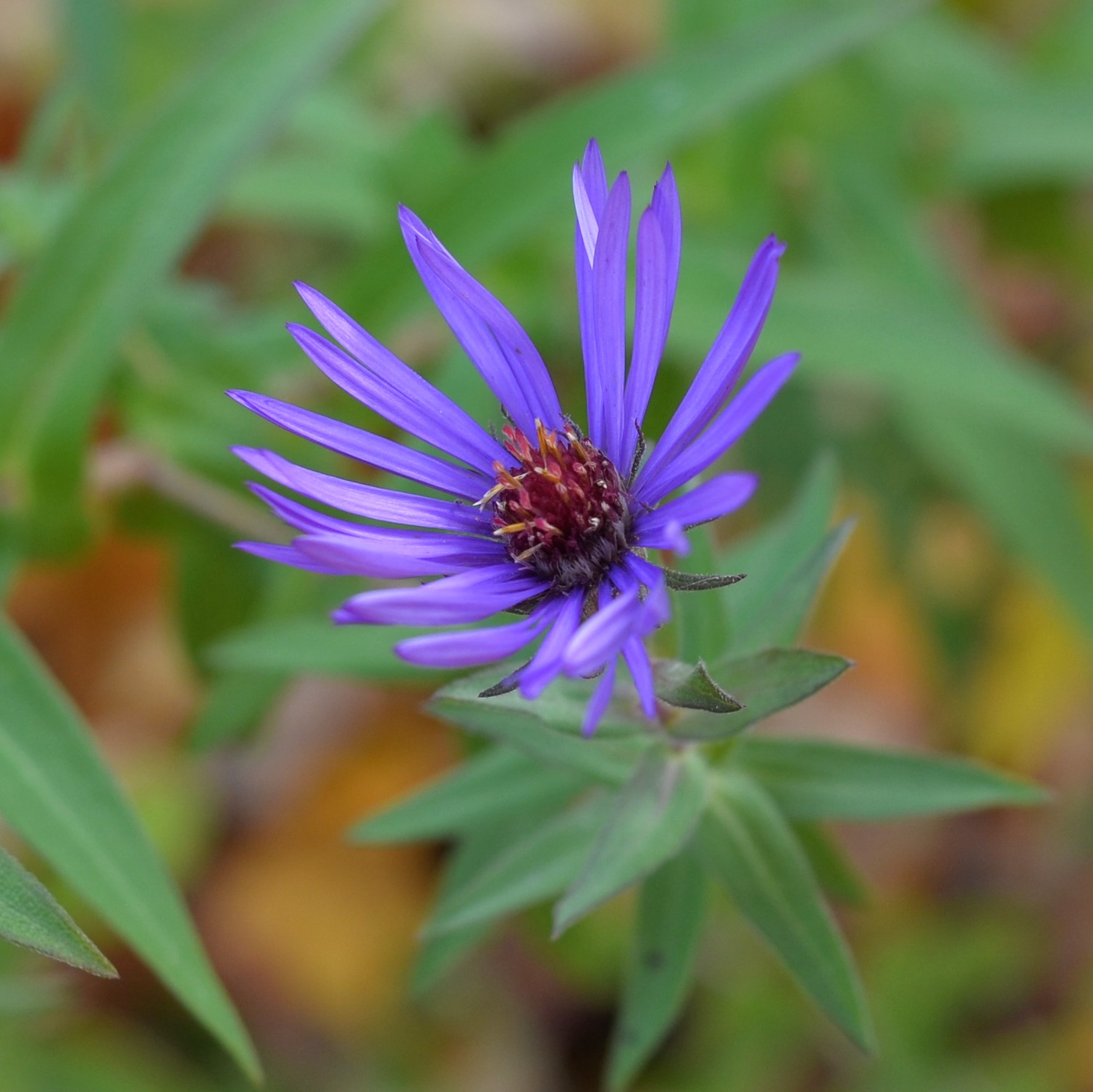
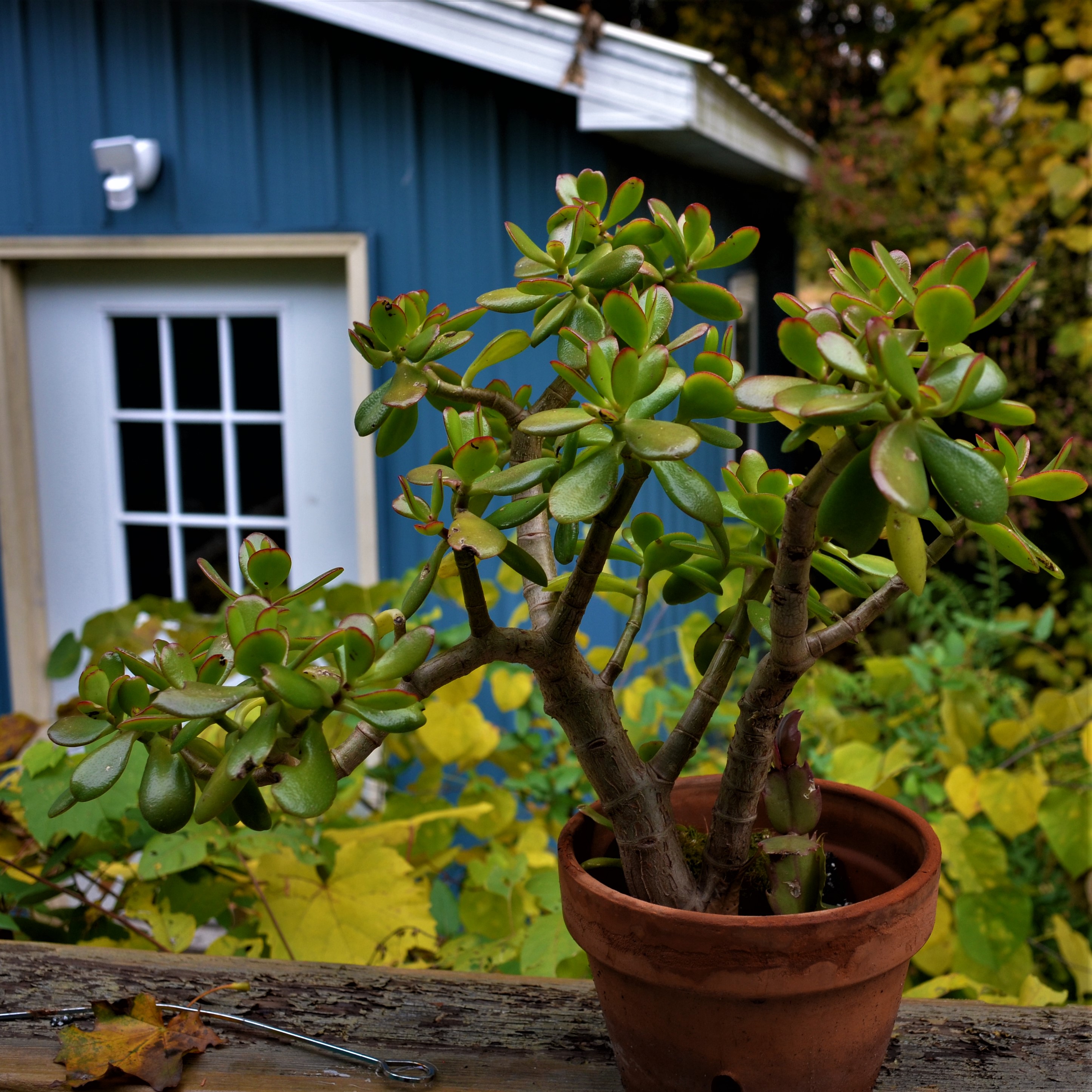
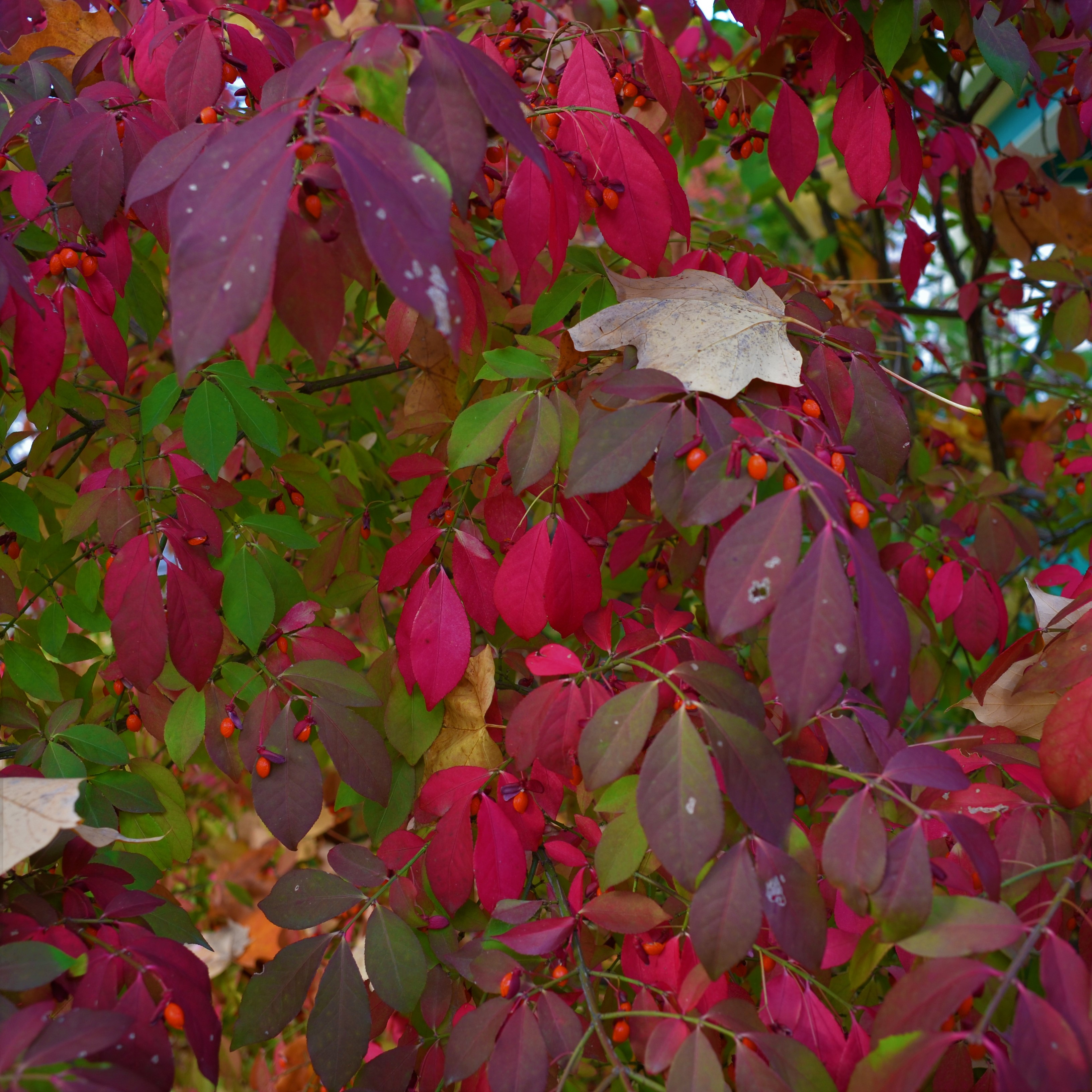
Here is one of the last of the Purple Asters. Then you see Jadesy, still sitting on the deck rail. Not only has it not frozen out there yet, but the outdoor temperature this morning was 60 at 8 am. I have been planning to leave Jadesy outdoors untl November 1, hoping that it will feel strong enough to start budding by then. Last is the Euonymus Tree or Shrub in the front yard with all its color reserves.
Remember that there is information in the name of the file for each image. You can see it by mousing over the image - look at the lower left of the screen. Or you can click on the image to get to the (usually) larger image. Then the info is displayed in the address line above. Sometimes the second click will actually display a different view of the original image.
The Ants that I could see with my little Nikon Coolpix were mostly the more easily identified ones - first is the Smaller Carpenter Ant. Second, the Eastern Black Carpenter works the right side of the shop door, and last,
a Small Honey Ant moving around on the shop siding in search of breakfast.
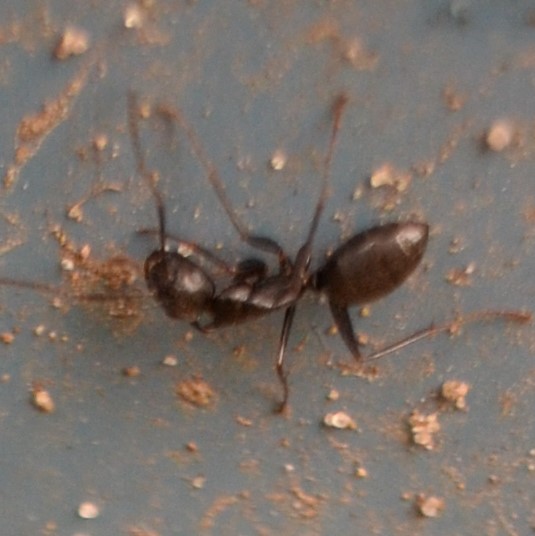
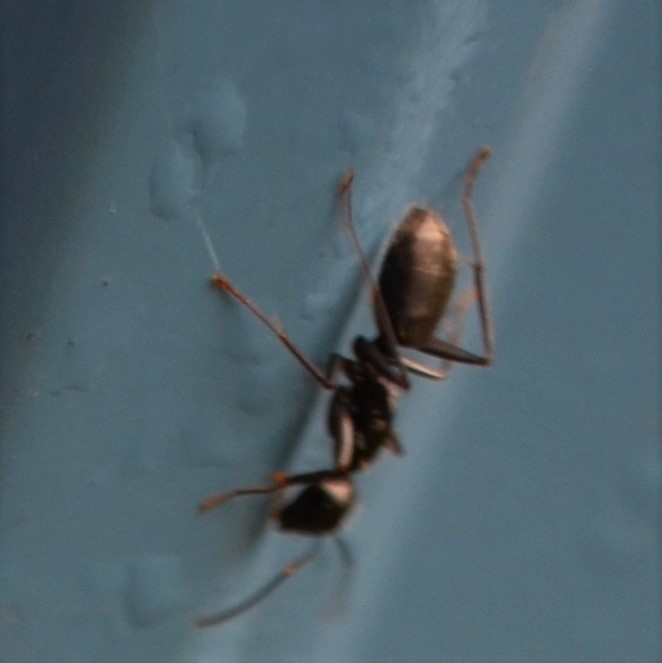
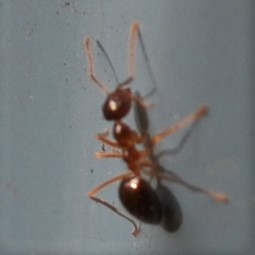
The easiest Barklice to see are still the Graphopsocus cruciatus. Before I knew what they were, I called them the Tiger Barklice. This first one is being preyed upon by a Common House Spider. Then you see two new adults, still under their protective silk blanket. Third is a little clutch of eggs that I first saw this morning. These G. cruciatus can probably be seen in almost every month of the year. This year I want to see how long they will really be able to survive in egg, nymph or adult shape. Maybe they will have to overwinter in some way I haven't seen yet.
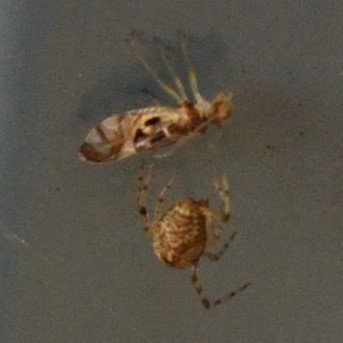

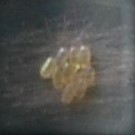
The next most common Barklouse is Echmepteryx hageni. There are also a few Polypsocus corruptus here and there. Third is a Mystery creature that does look like some kind of Barklouse, but not exactly like one I know.
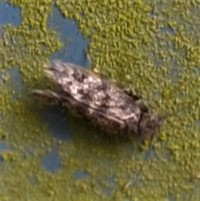
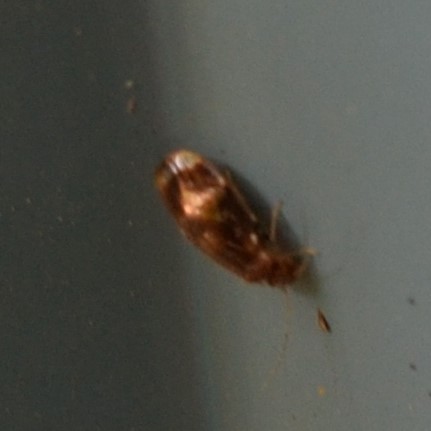
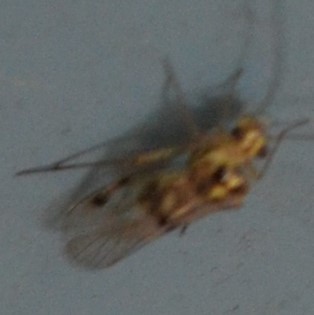
The one I felt the most kinship with in the past few months was the Ectopsocus meridionalis. The female we really got to know the best made these eggs on panel 8 of the North Wall. For a while there were a half-dozen females laying eggs on the low-numbered panels, but now all of them are invisible (maybe they went under the shop) although their eggs are still extant. The second picture shows SOMEBODY's eggs, but whose?

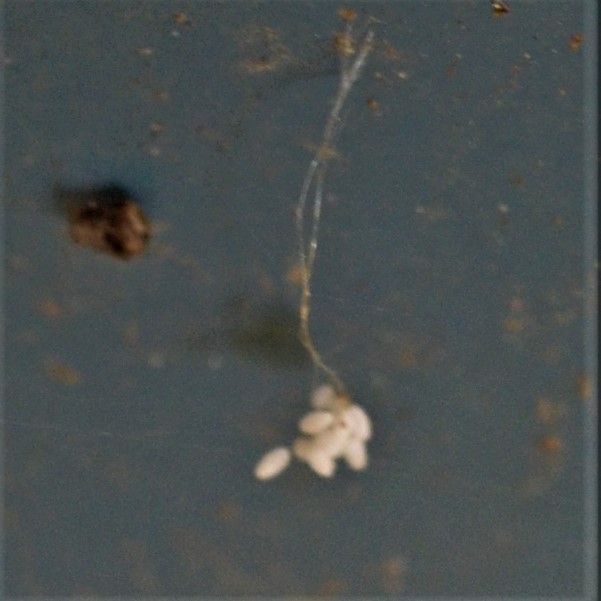
No Bees this week, but a few Beetles showed up. One was this almost invisible little Red Beetle on the shop wall. Next: an Asian Lady Beetle; and finally we see this minute Flea Beetle.
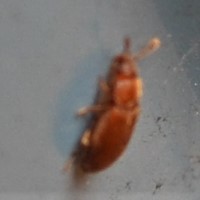
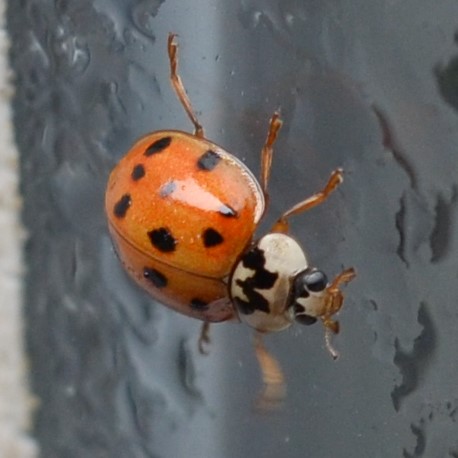
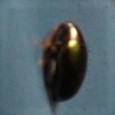
So we're up to the Bugs. First, an Assassin Bug, one of the Zelus genus. I don't think it's the usual Zelus luridus because the eyes aren't red. So it is probably Z. tetracanthus. Second is that Dirt-colored Seed Bug, Drymus unus. And so we are up to the Leafhoppers. This last picture is of the nymph of Agallia quadripunctata (probably -it's the only one of that genus that I've ever identified.
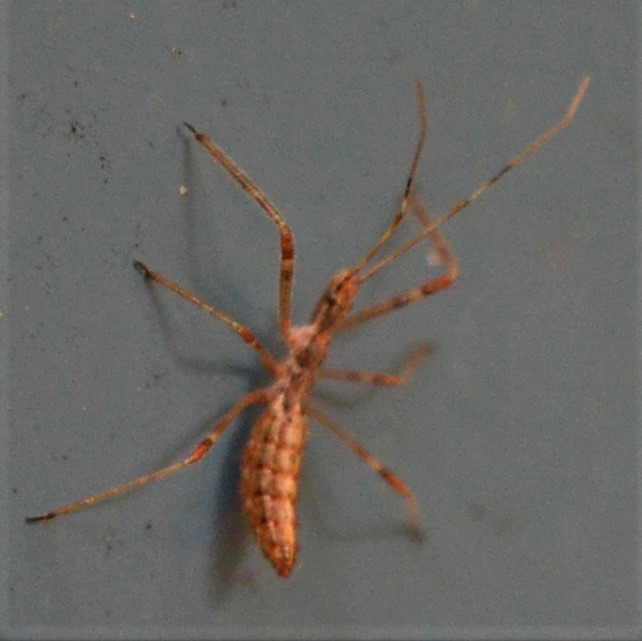
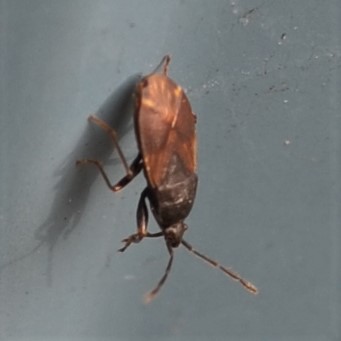
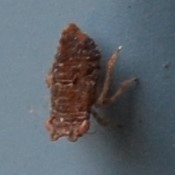
Here is Erasmoneura vulnerata, which we saw 5 or 6 times this week. Next is the "dots" version of genus Eratoneura. And last is another Eratoneura.
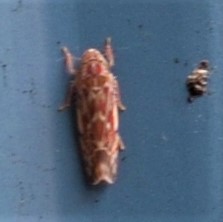
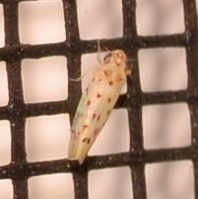
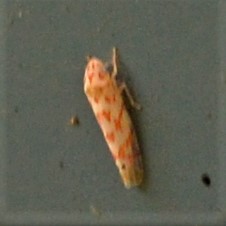
There were quite a few in genus Erythridula, which used to be called Arboridia. Picture 2 probably shows a Leafhopper: note the spiky back leg, which helps it exert spring motion so as to hop. Last of all these Bugs was this little Twice-stabbed Stink Bug.
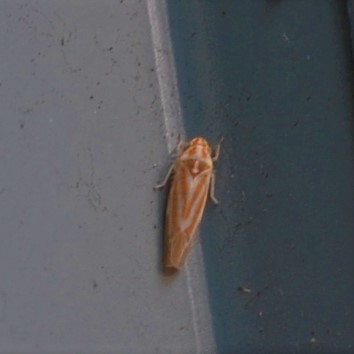
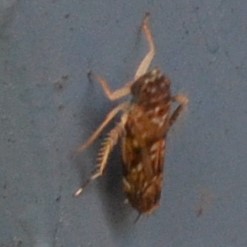
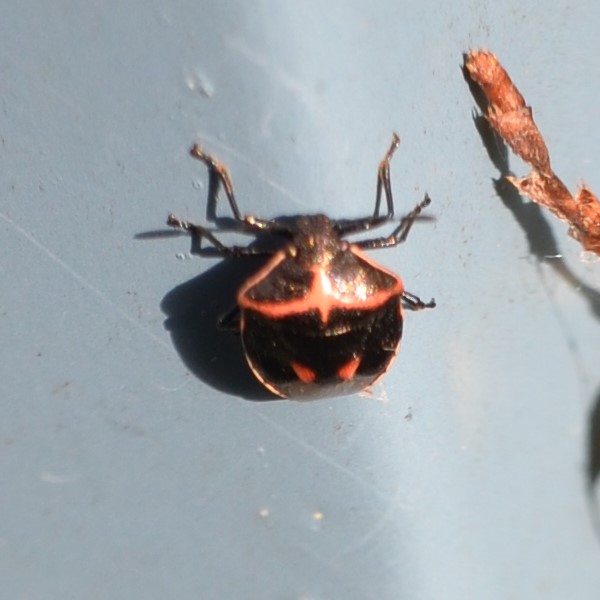
A new guest, David Frank, sent in this Caterpillar picture, which I submitted to iNat, who identified it as the moth, White-lined Sphinx (Hyles lineata). And Frequent Flier Deb Seely sent in this Giant Leopard Moth (Hypercompe scribonia) Caterpillar, which she found at the Equestrian Center of Albion College, and which seems to be the Giant Leopard Moth (Hypercompe scribonia). Meanwhile I found this little Moth, who turns out to be a Leaf Blotch Miner Moth, in genus Caloptilia.
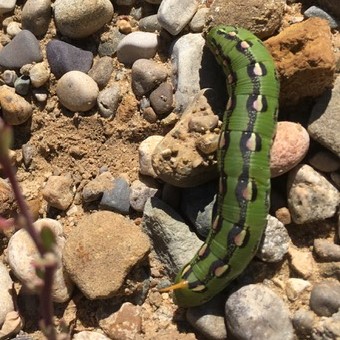

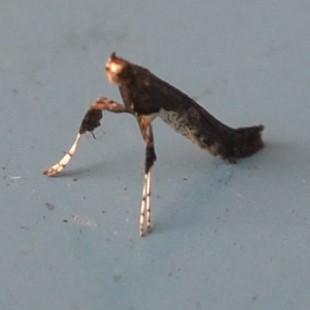
Here is an interesting Mystery. Pictures 1 and 2: Is it a Fly? Hmm, it seems to have four wings. A Moth? Maybe. Picture 3: A case that has gone empty? What did it contain?
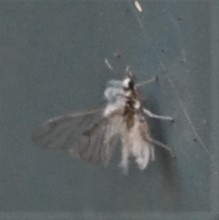
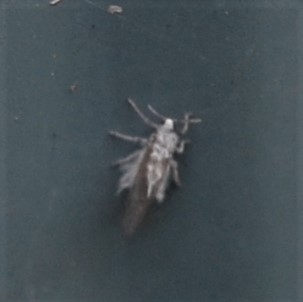
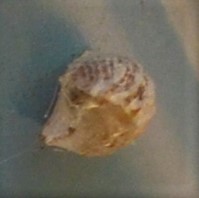
Here are two Flies that were sitting next to each other on the Shop siding. Third is the Crane Fly we have been seeing for a few weeks, Cladura flavoferruginea.
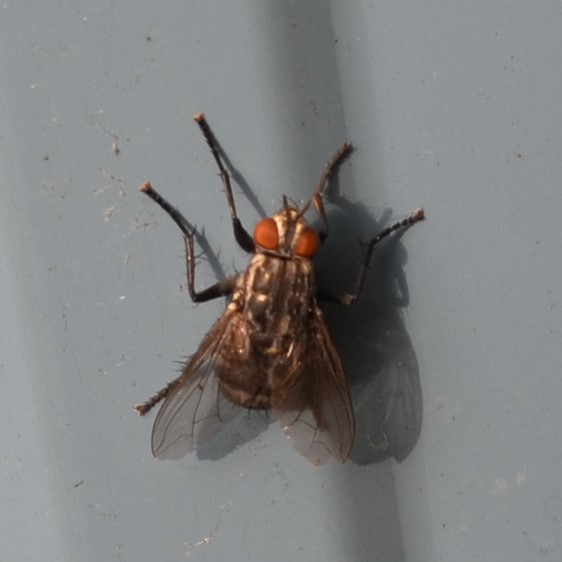
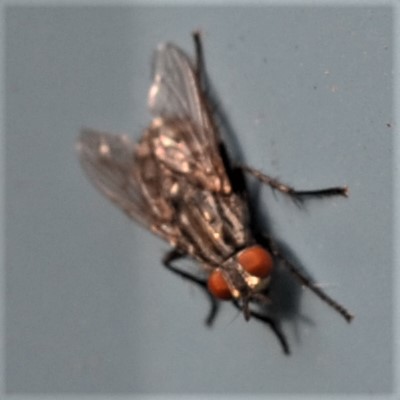
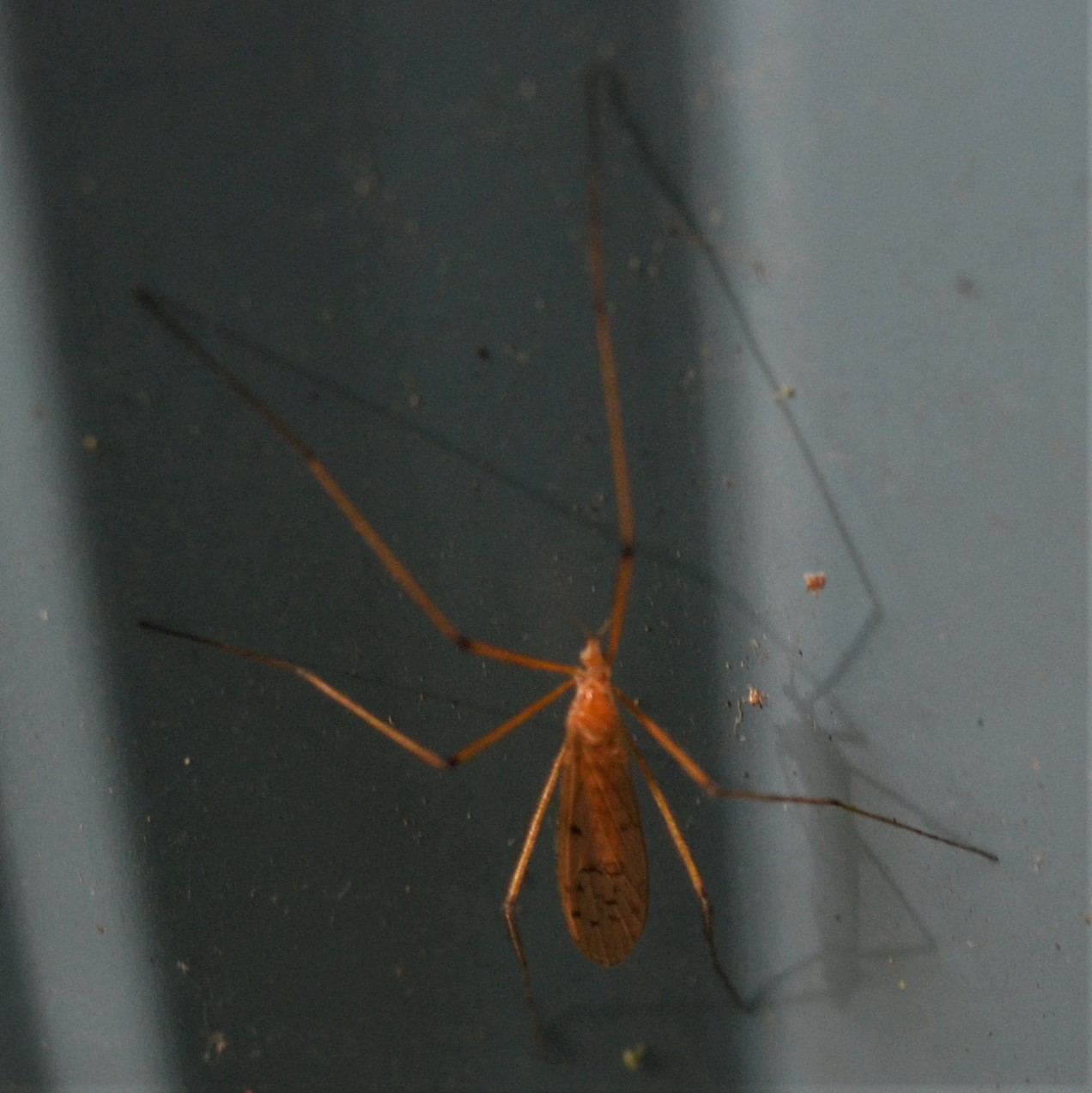
Here are a couple of Mosquitoes. I'm sorry that the resolution doesn't allow me to identify them. Finally, a Harvestman, probably an Eastern one, on the Wall of Fame.
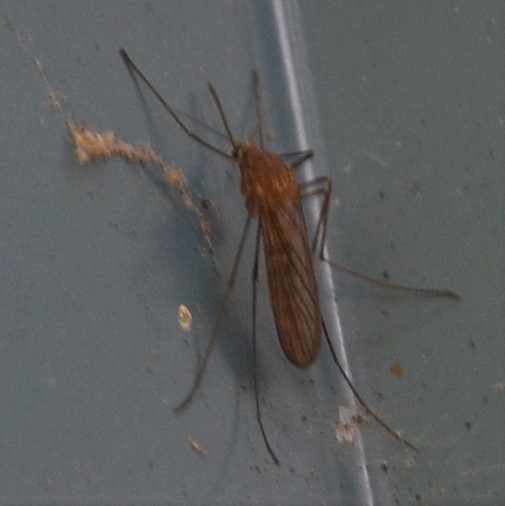
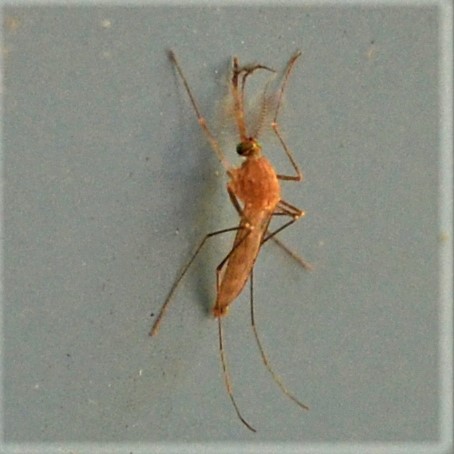
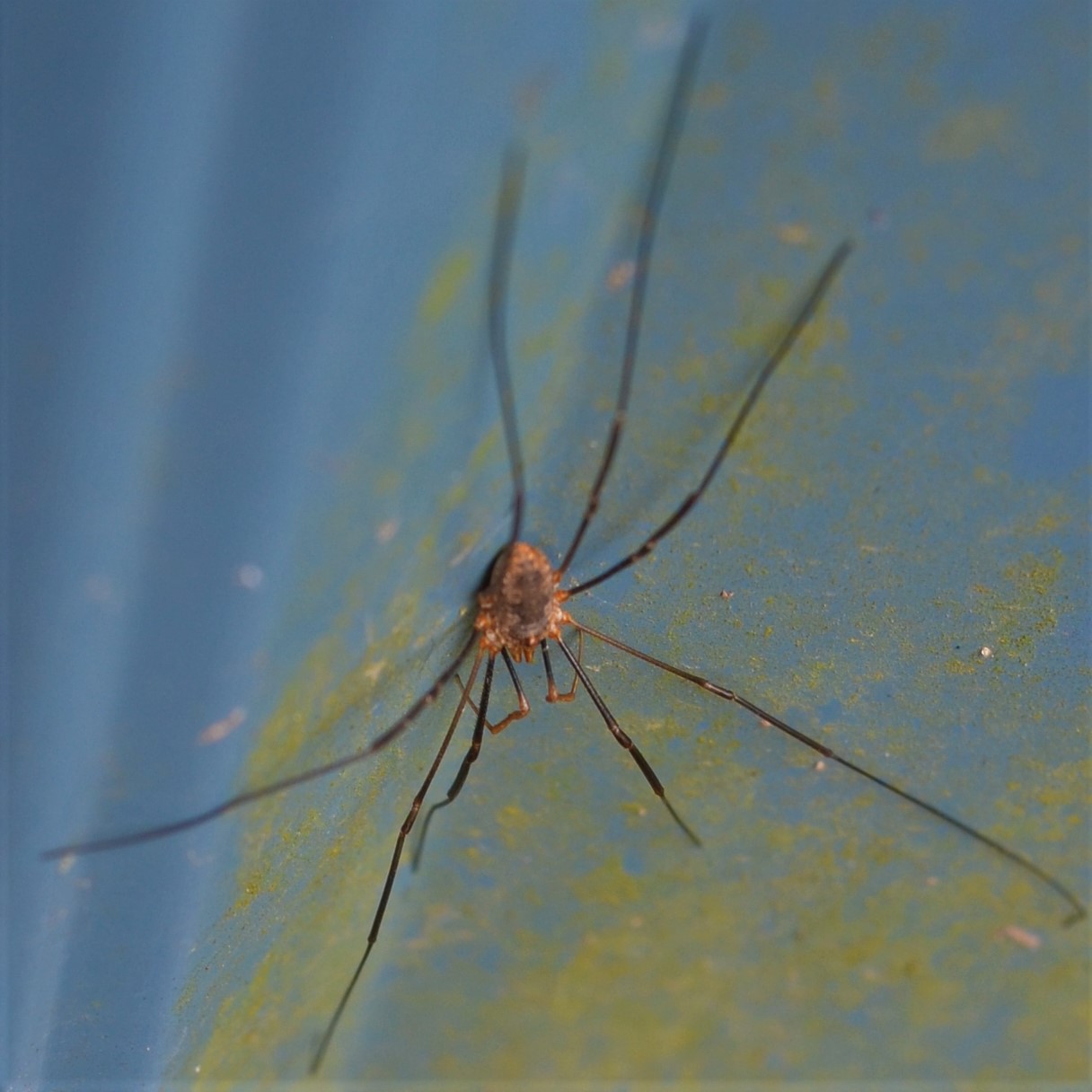
A kudo to anyone who gets all of these! Hint: Picture 2 shows a Domestic Cat named Tripper. Picture 3 shows another Domestic Cat and her name is Spooky.
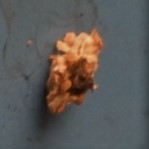
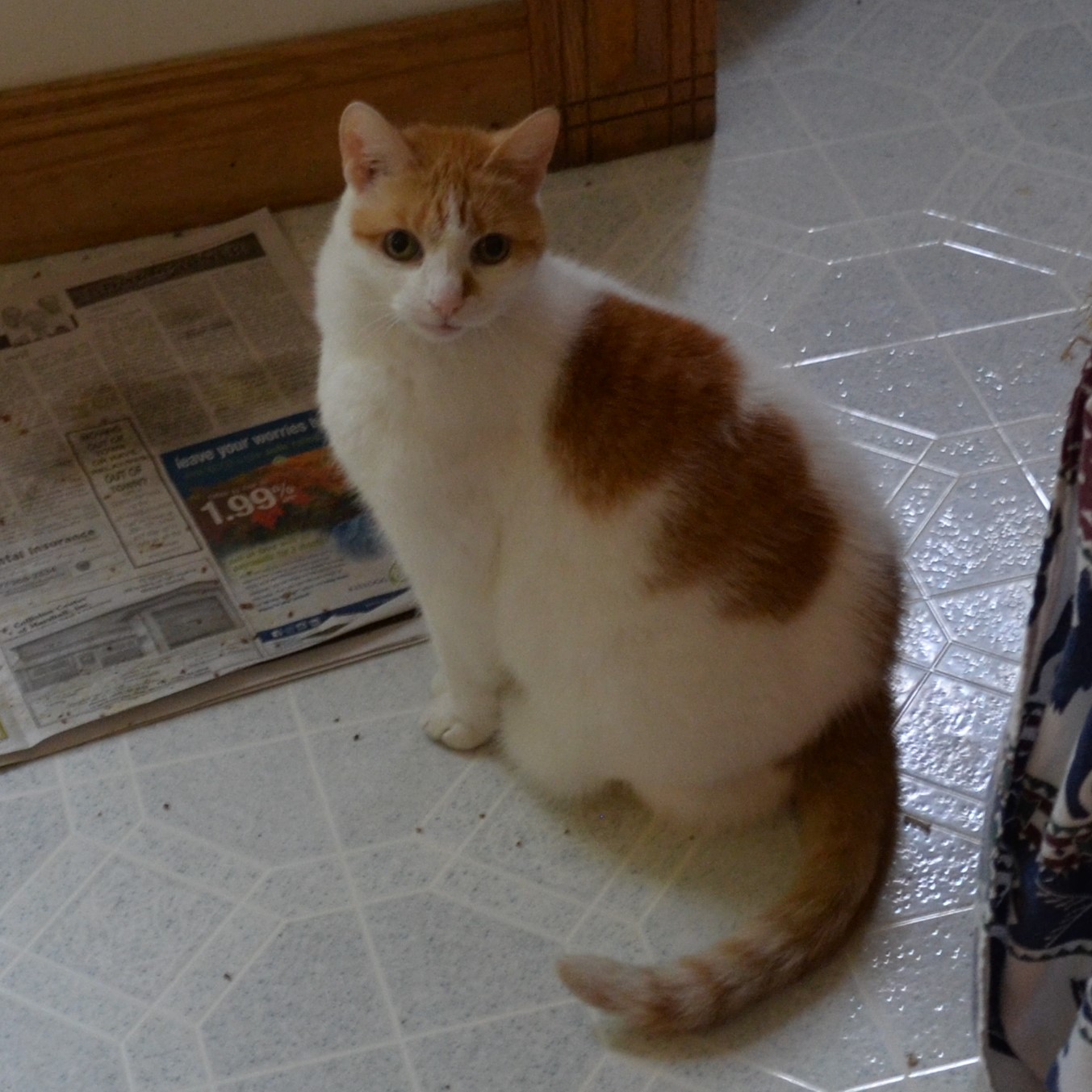

First here is a bunch of Pigeons taken by Sofia Cividini, who is now in Liverpool. Sofia has published at least one paper on Isopods, a group that contains the common Pillbug. Here are a couple shots of one of ours.
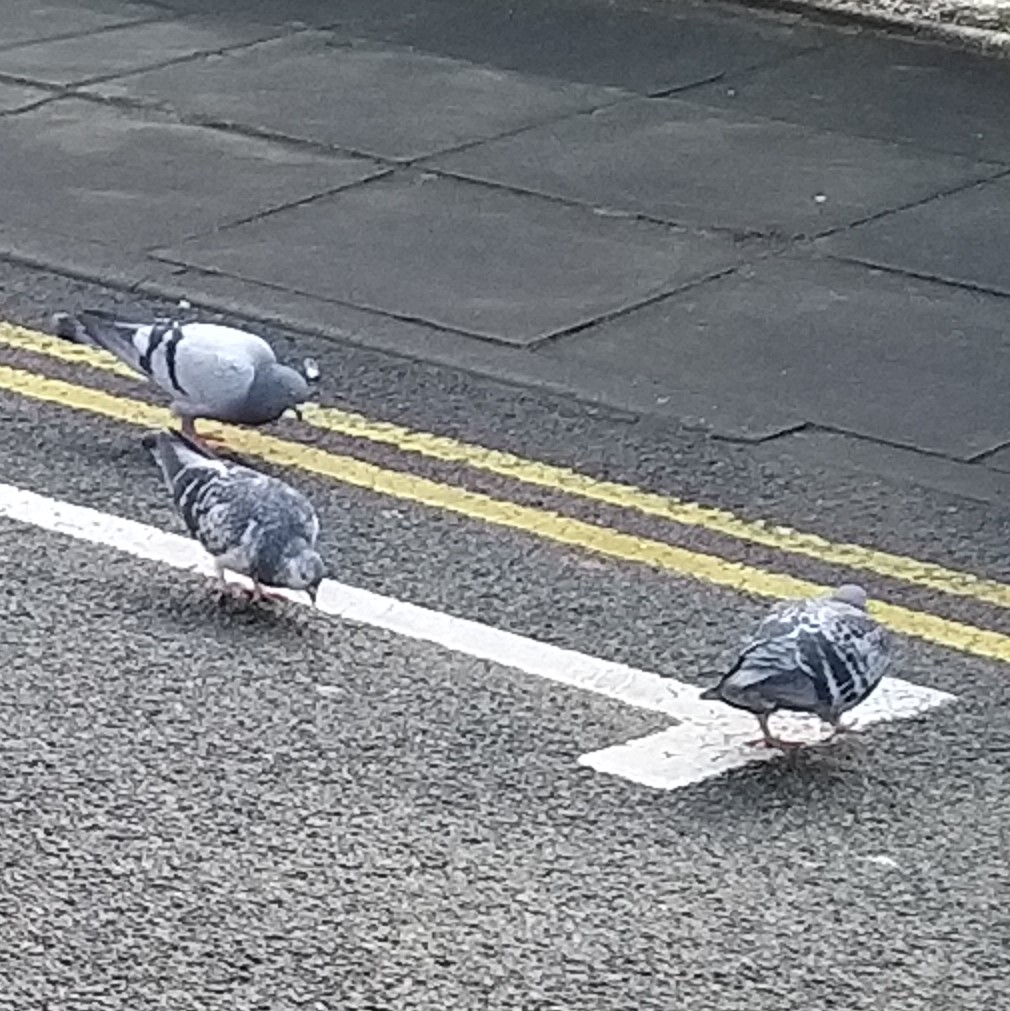
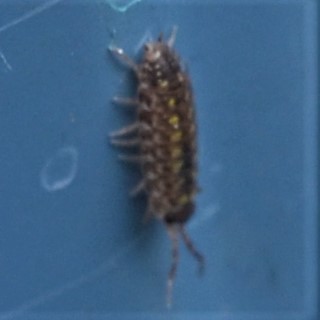
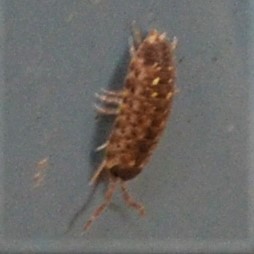
Pictures 1 and 2, which show a lovely pair of views of a Steatoda triangulosa, were sent in by Monika Riepl of Leipzig. Her ID was backed up by our Matt Claghorn. Sue Miller snapped this third Spider, which I think is one of the Long-Jawed Spiders, on Mackinac Island. I don't even know where its jaw is, but the abdomen is very long, and so are the first legs. Thanks again to our faithful friends, who wanted to make sure some classier pictures would be shown this week.
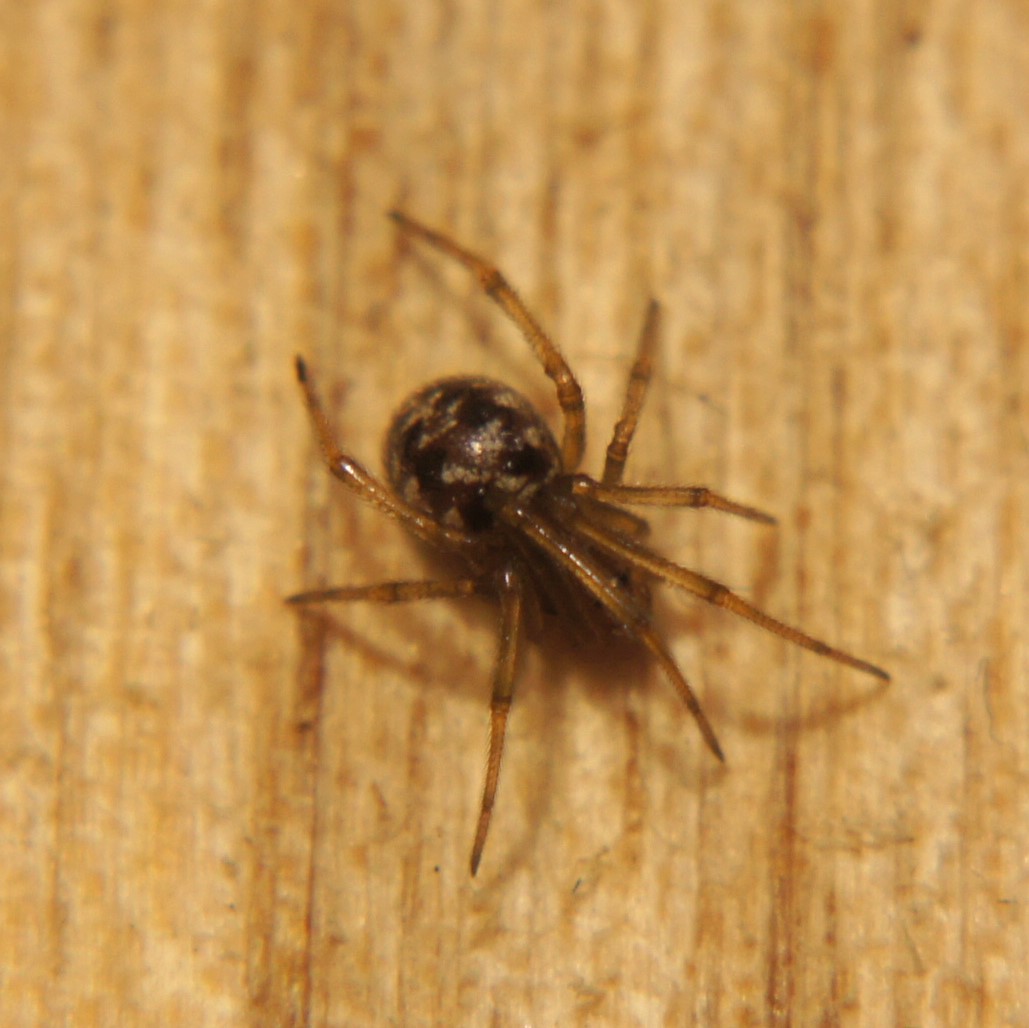
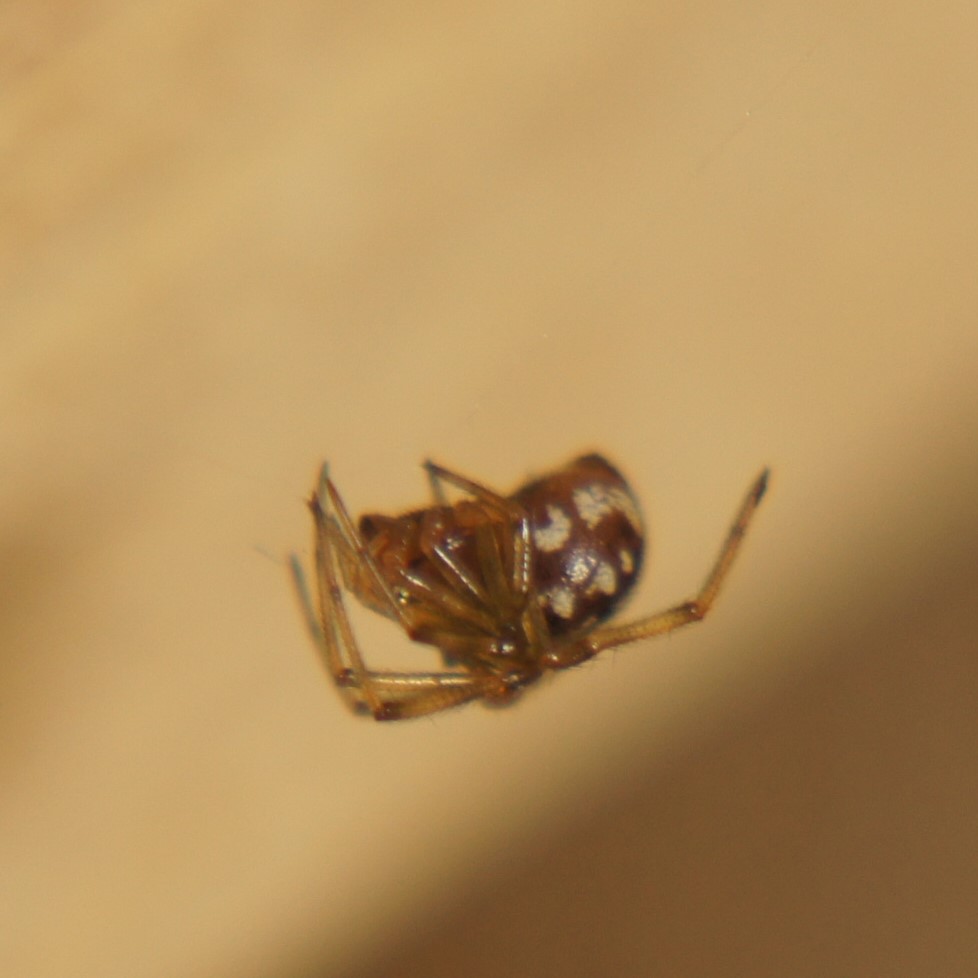
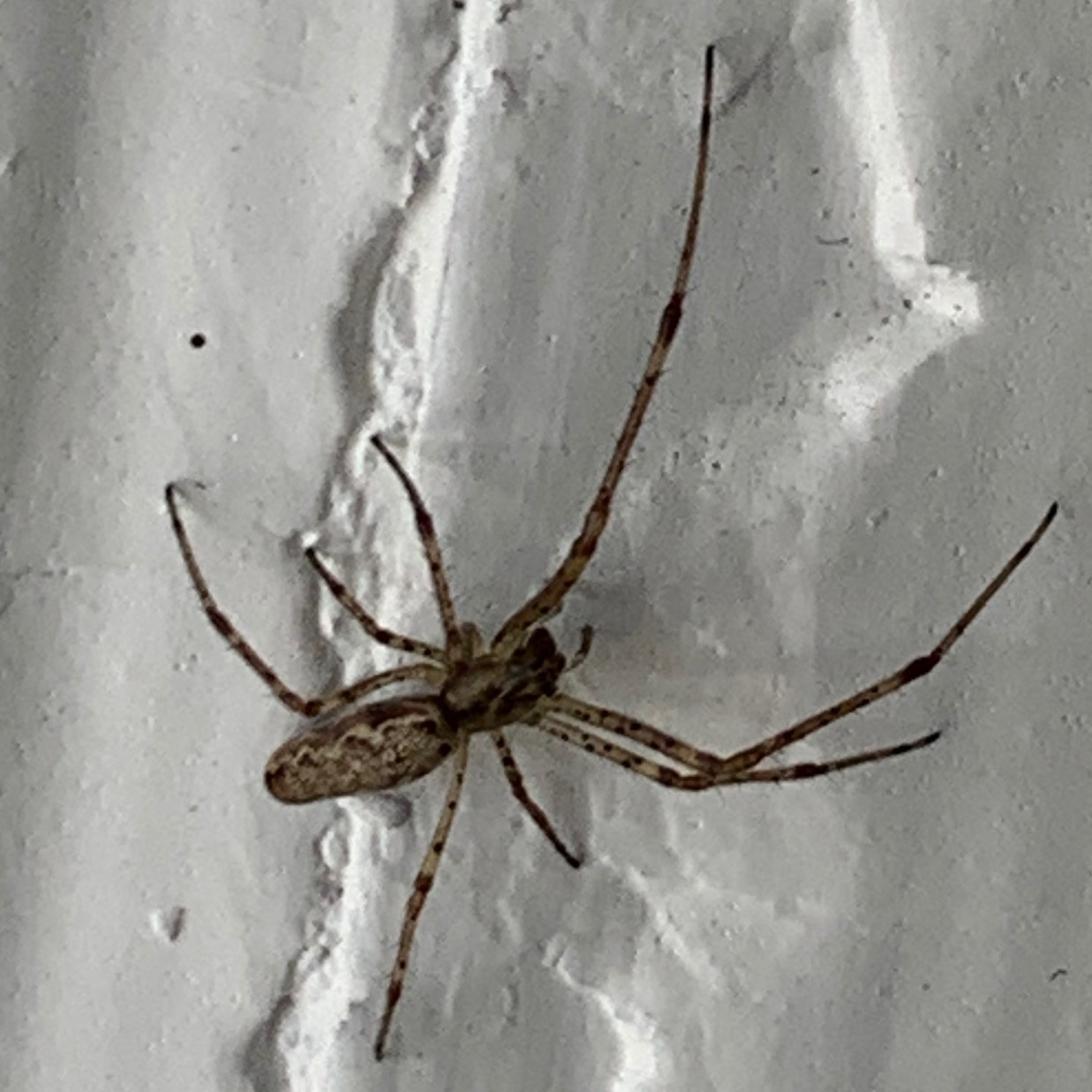
This first Spider seems to be one of the Cellar Spiders. Second and third are probably Common House Spiders.
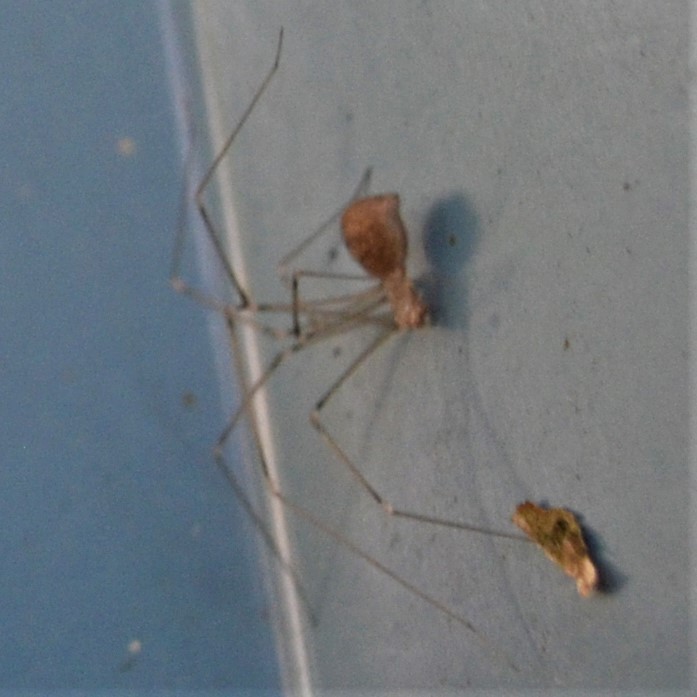
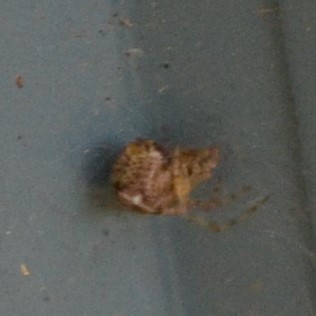
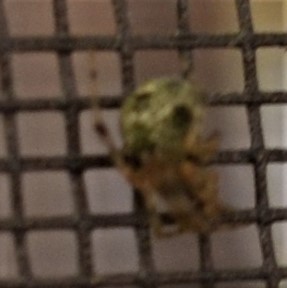
We had a couple of Crab Spiders. The First one (and second) are probably in the genus Bassaniana; The Third, a Running Crab Spider.
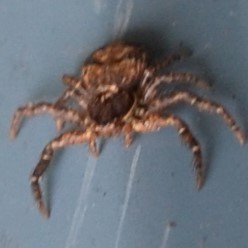
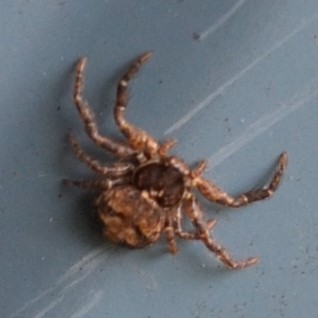
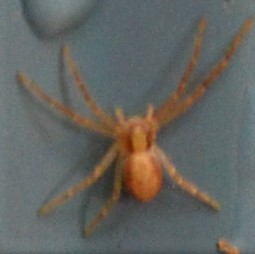
Finally, a few more Spiders, amazing since I never thought I'd be able to spot any. The first - I think is a Ghost Spider. Second is a Broad-faced Sac Spider, and last is my favorite Spider. I can't pick out the one detail - a garish white grin - that would allow me to add the species name, "puritanus", but it is surely one of the Mimetus genus!
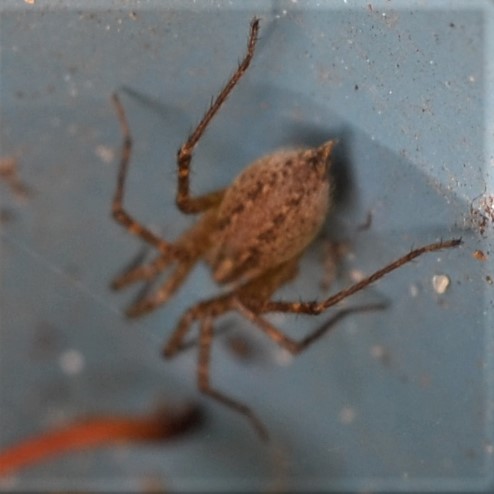
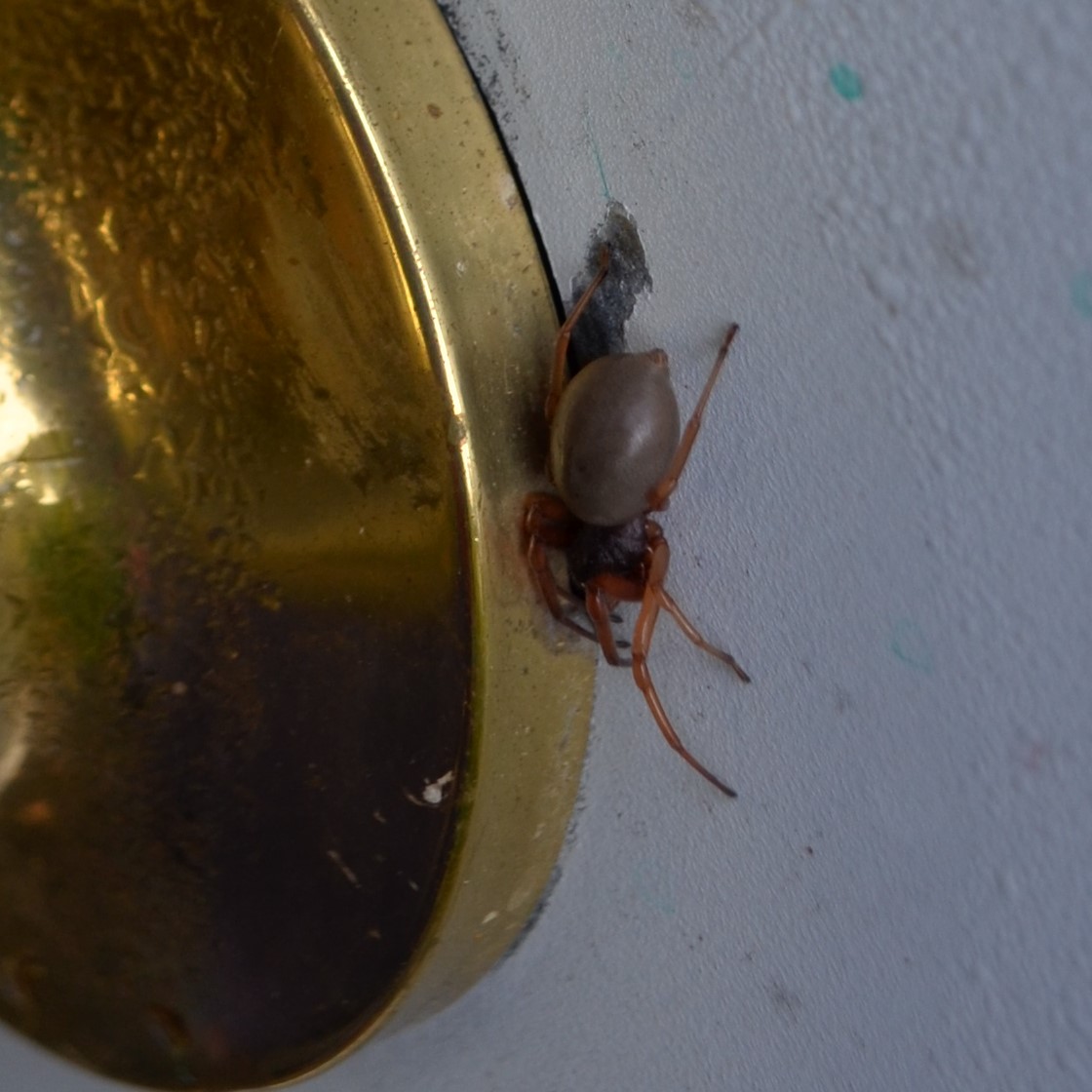
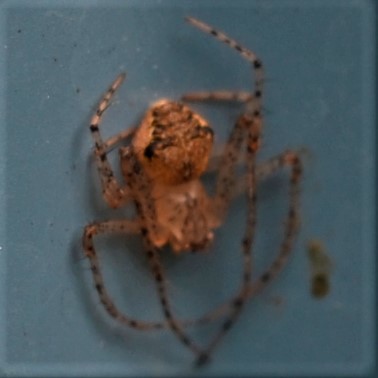
Kathleen Seidl took this picture of a Spindle Tree on 29 Mile Rd. Kathleen said that our friend Nancy Sprandel identified it, explaining that "the wood of this tree is so hard, it is used to make spindles. Notice the poisonous pink berries that are popping open like bittersweet does." I morphed the first picture into the next two by two stages of that morphing program Kathleen likes so much.
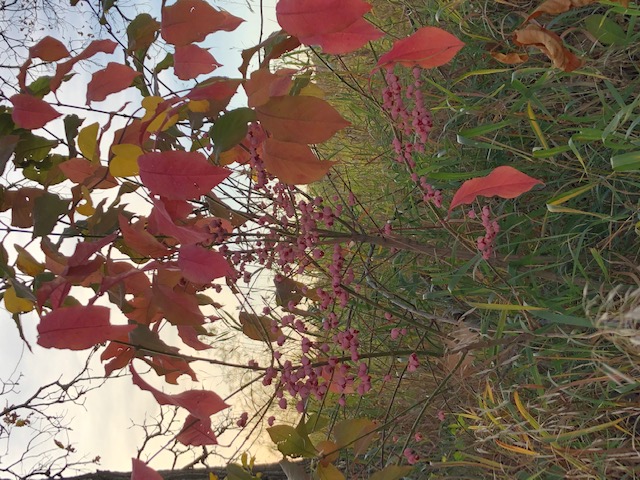
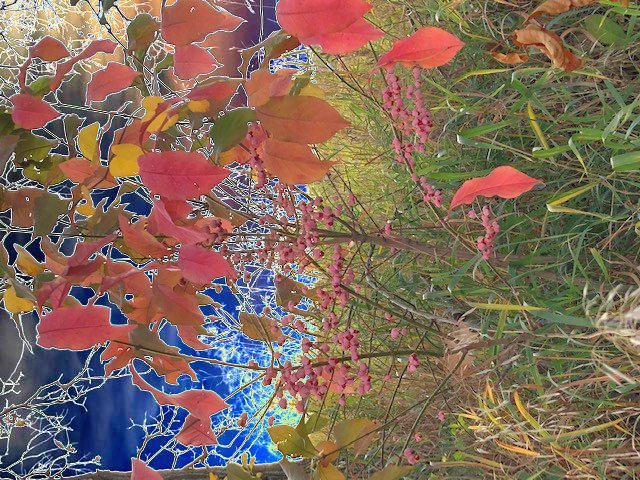
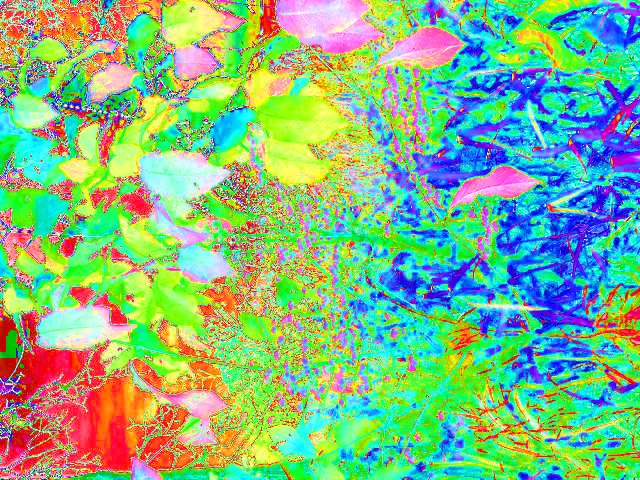
Mary-Ann Cateforis of Potsdam, NY, where I lived for 15 years and still miss many people, was kind enough to send me two of her Heirloom Dahlia photos.

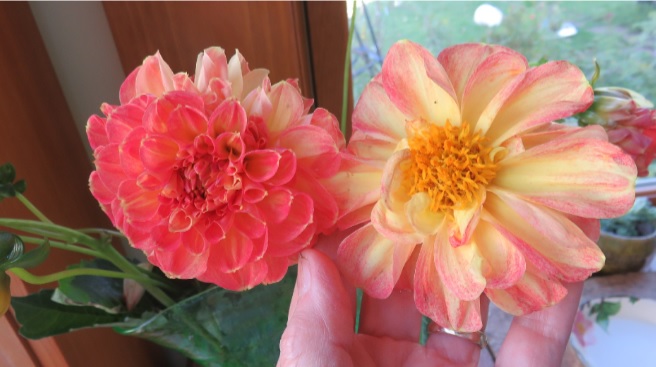
Deb Seely's Chrysanthemums have been lovely this Fall. Deb and Dave have always been faithful Trekkies, as witness this funny skit.


Here are two Wasps. The first seems to be some kind of Ichneumonid or Braconid. The second I believed at first to be a Diapriid, but an old Diapriid hand @proctos said, no it isn't, but IS either an Ichneumonid or Braconid..
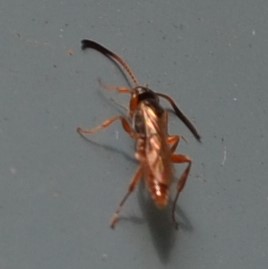
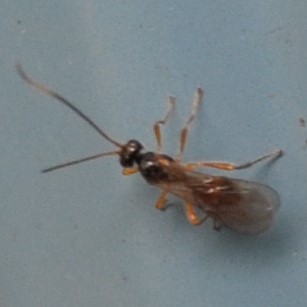
Here are some of the fishes feeding in their new home. The netting is to collect leaves that are starting to really fall into the pond.
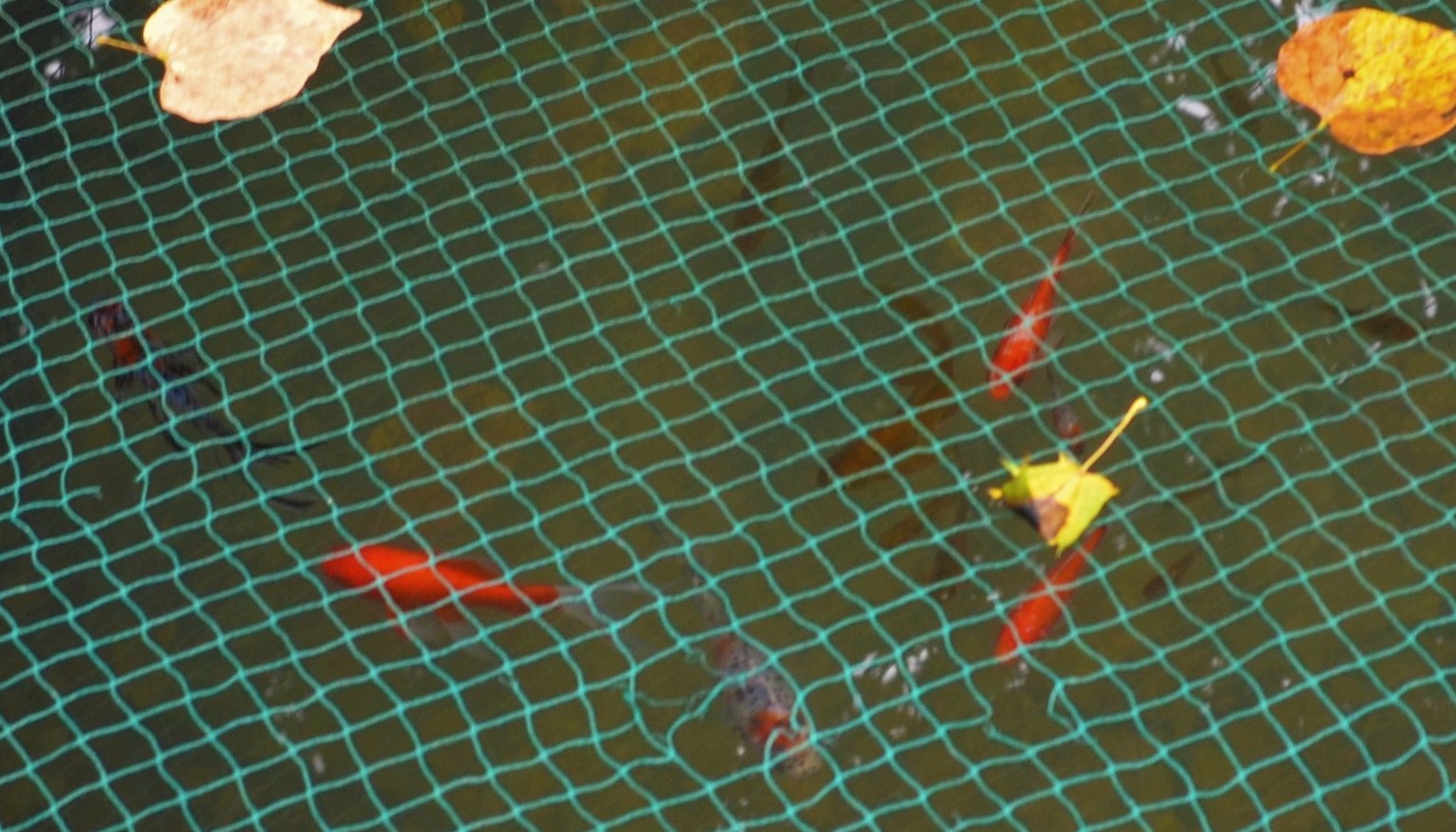
Here you see the east side of the street looking north. Then Seely's Dogwood and a red Euonymus that moved from my yard to theirs and further south a Red Oak tree turning really red. In the distance you can see a Sugar-ish Maple turning yellow-orange.
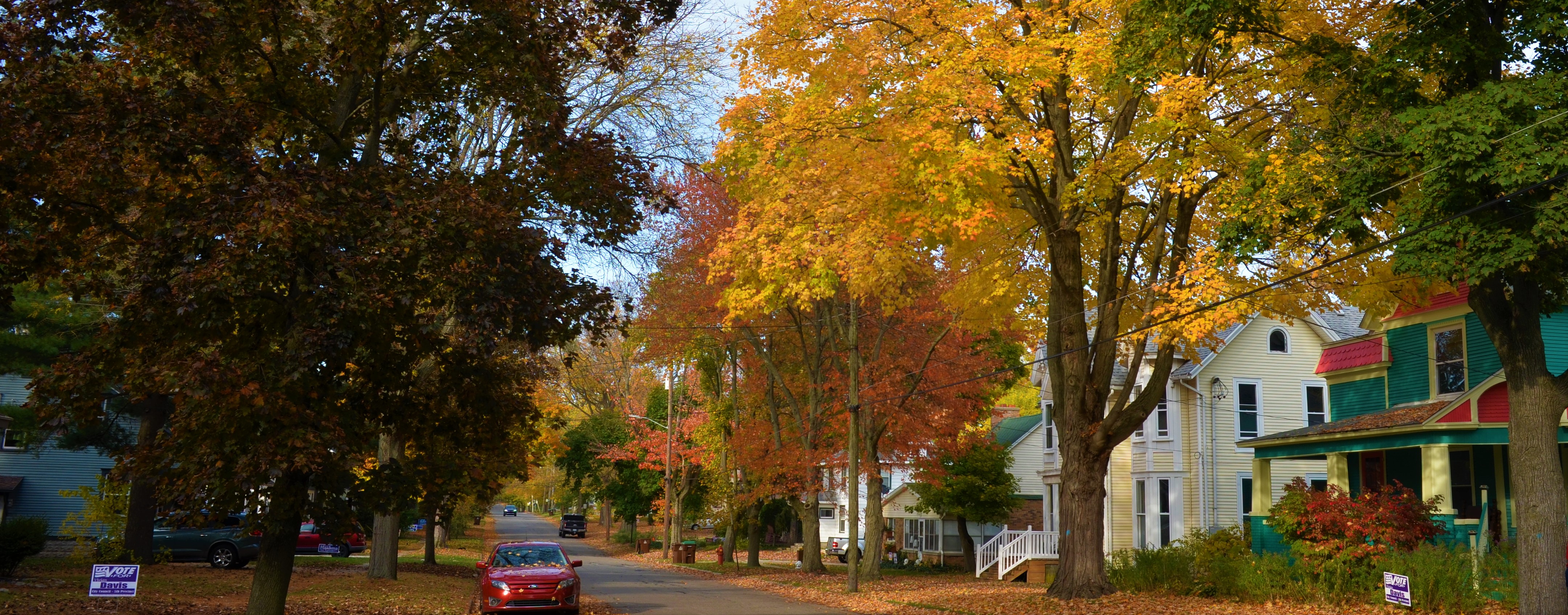
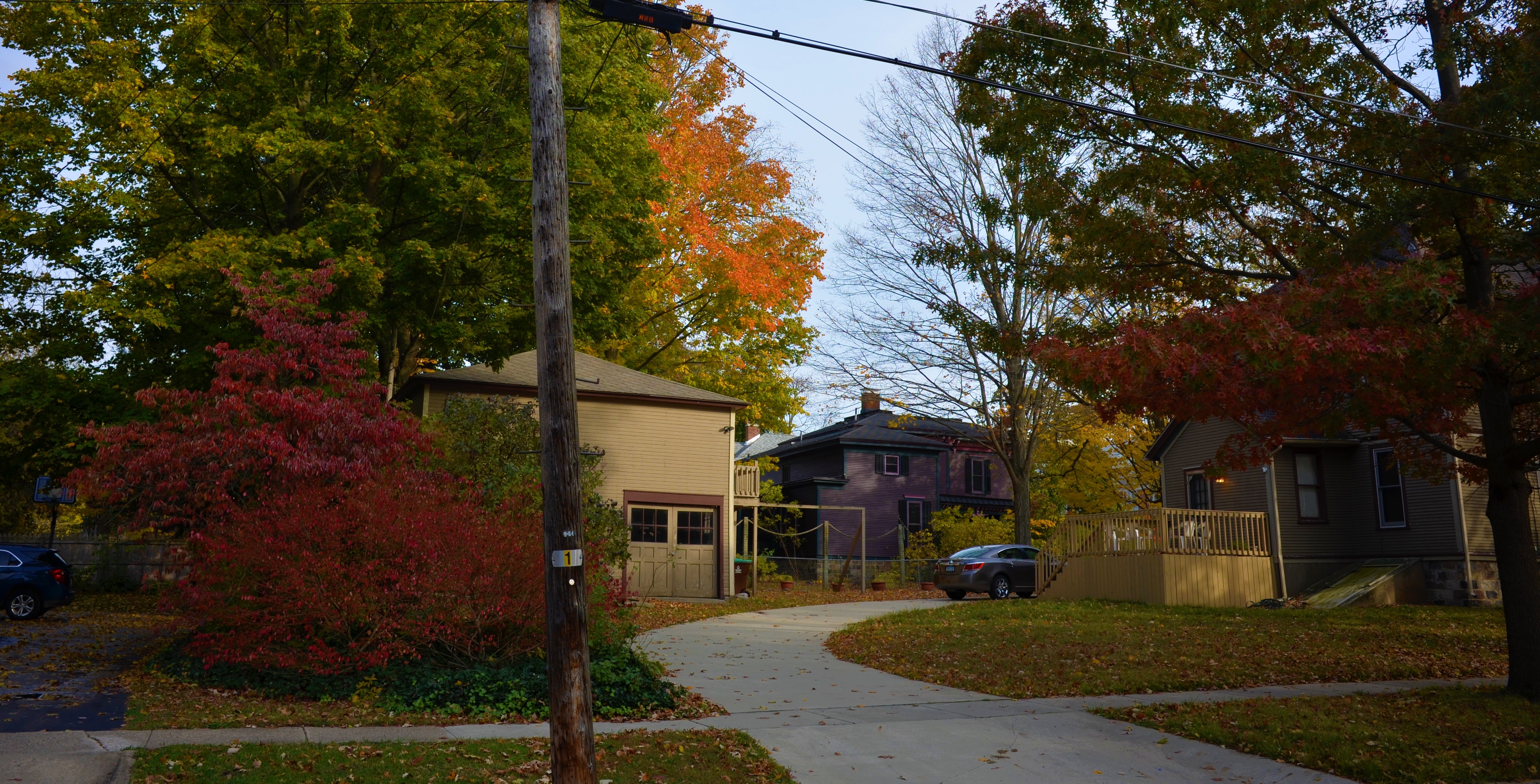
Thanks again to all the people who sent in their photos to round out the integrity of this week's Blog. Conversing with you and admiring your pictures was a very lovely part of my week.
Here for everyone is another shot of the Pink Asters. Even though this may be their last appearance, their colors still entrance me.
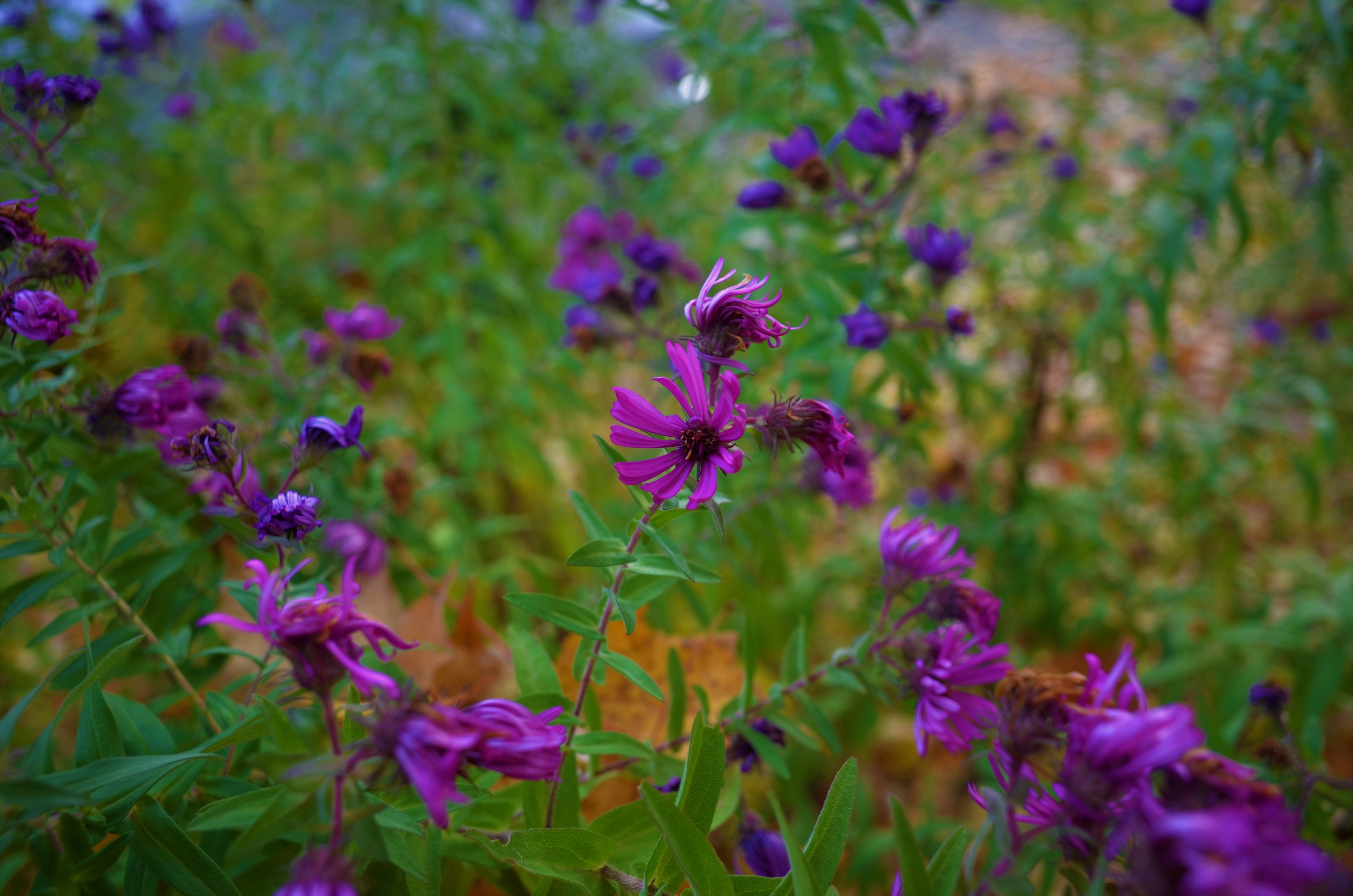
The Virus is increasing in hostility towards us puny humans, but it doesn't know that our resolve is anything but puny. Keep helping each other and recipients, like me, keep being thankful. Now is when we learn where we fit into our various communities!
Love, Martha
Back to October 18, 2020
Forward to November 1, 2020
Back to main menu
copyright Martha O'Kennon 2020







































































